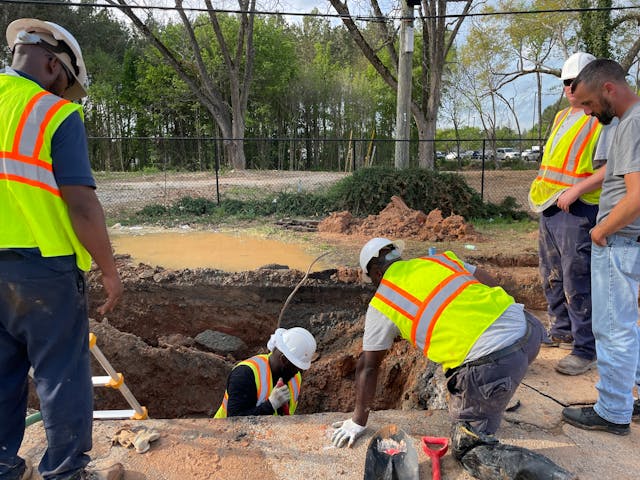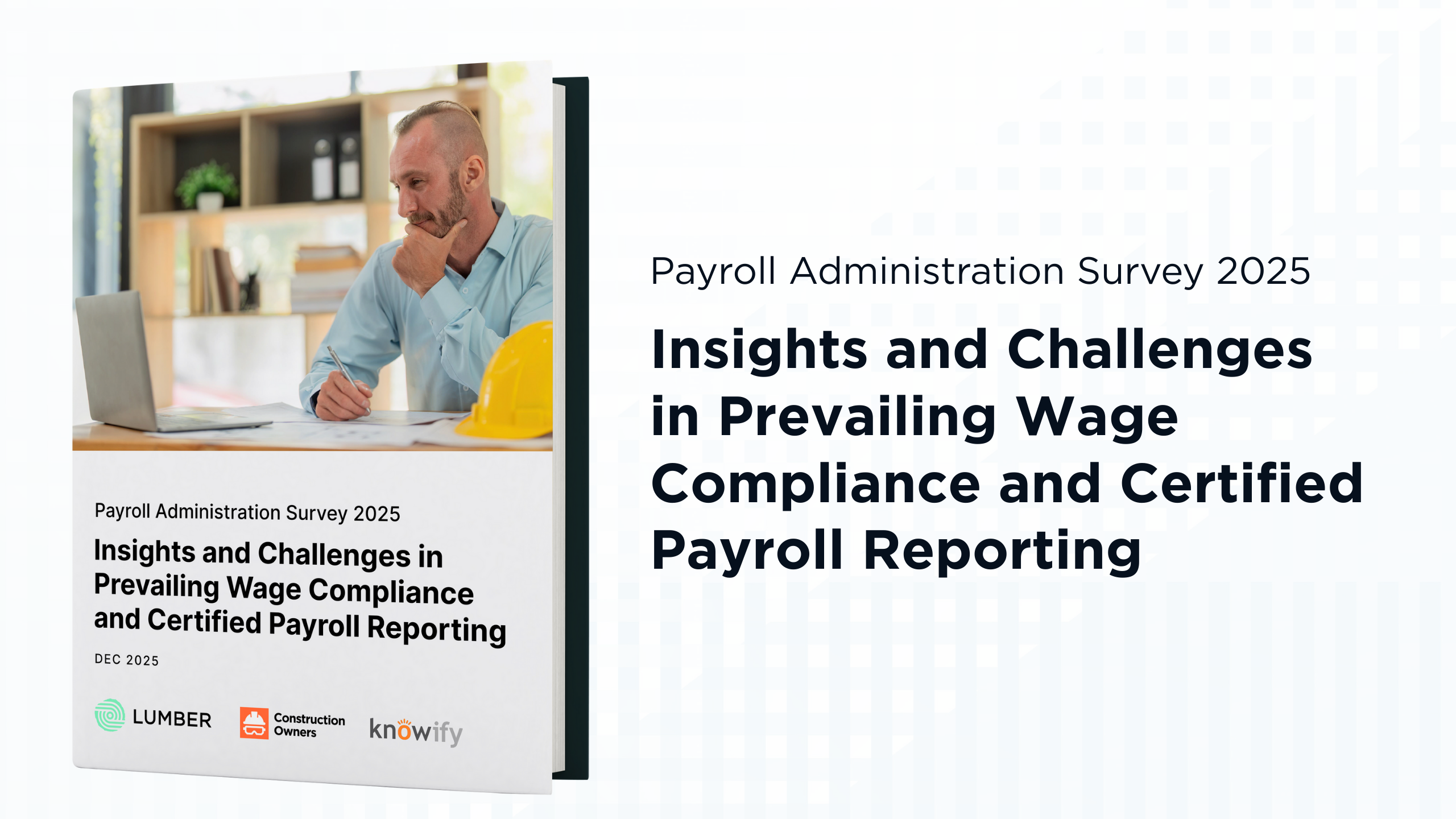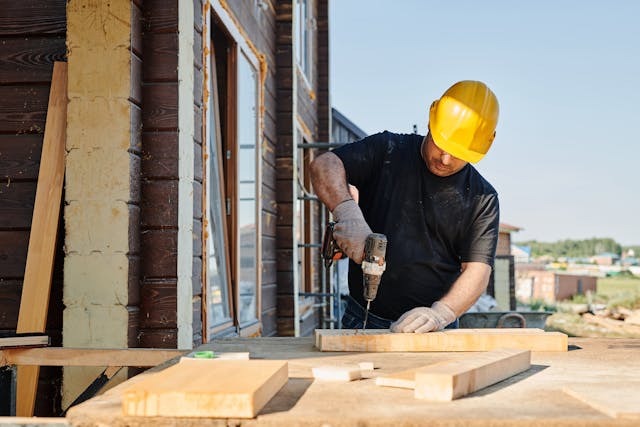

In the world of public construction, few policy debates are as enduring or as impactful as those surrounding prevailing wage laws. As we begin our journey into the world of prevailing wage policy, it’s important to understand not just what these laws do, but how and why they came to be.
The Industrial Boom: New Challenges for Workers
The late 19th and early 20th centuries were a time of rapid growth in the United States. New railroads, growing cities, and ambitious government infrastructure projects drew in contractors from across the country. Many of these outside contractors could underbid local workers by bringing in crews willing to work for lower wages, creating tension in local labor markets and undercutting established wage standards.
The Labor Movement Gains Momentum
At the same time, construction unions were gaining strength. Worker activism and the expanding reach of collective bargaining highlighted the need for governments to protect local wage standards, particularly for projects funded by taxpayer dollars. As union influence grew, so did the political will to ensure that public works projects didn’t undermine local wage norms.

Kansas Leads the Way
In 1891, Kansas broke new ground by enacting the nation’s first statewide prevailing wage law. This pioneering legislation required contractors on public projects to pay workers a wage that reflected local standards, effectively closing the door to wage undercutting on projects paid for with state funds.
The Progressive Era: Reform and Expansion
The Progressive Era (1890s -1920s) marked a time of sweeping reforms in response to the social challenges posed by industrialization. States like New York (1894), Oklahoma (1909), Idaho (1911), Arizona (1912), New Jersey (1913), Massachusetts (1914), and Nebraska (1923) followed Kansas's lead, adopting their own prevailing wage statutes to ensure fair treatment for workers on public projects. These laws reflected a growing consensus that the government had a role in upholding labor standards and fighting exploitative practices.
The Great Depression and the Davis-Bacon Act
The economic devastation of the Great Depression in the 1930s brought new urgency to wage protections. A pivotal moment came with the passage of the Davis-Bacon Act in 1931. This landmark federal law required contractors on federally funded public works to pay local prevailing wages, inspired by incidents where out-of-state companies undercut local labor, most famously during the construction of a veterans' hospital on Long Island.
The impact was immediate. The Davis-Bacon Act spurred many states to pass their own “little Davis-Bacon” laws, extending prevailing wage protections to projects funded at the state and local levels and reinforcing the principle that public money should support fair local wages.
A Legacy That Endures
In the decades that followed, prevailing wage laws became a key feature of the American public construction landscape. From massive postwar infrastructure booms to modern debates about public spending, these laws have persisted as a way to align economic opportunity with community standards.
As we kick off your blog series, remember: The story of prevailing wage laws is as much about people and communities as it is about policy. It’s a tale of workers fighting for fair pay, lawmakers responding to new economic realities, and the continuing effort to ensure that prosperity is shared.
Stay tuned for the next installment, where we’ll dive deeper into how prevailing wage laws work today and the ways they shape local economies and job sites across America.







.webp)
